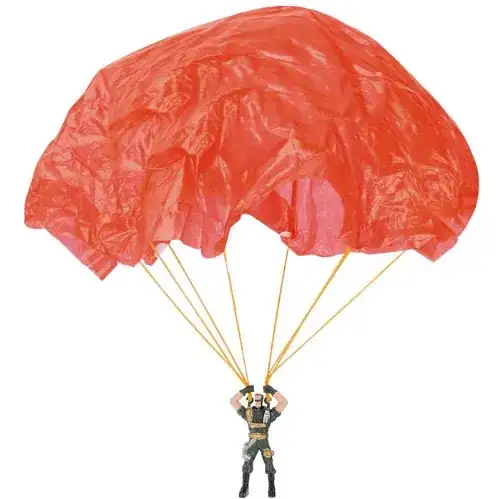Conducting a little hypothetical experiment here that I do not have all of the equipment to physically conduct, let's say that one uses a toy plastic solider like this
... as well as a sealable acrylic tube that was more than sufficiently large enough for the figure and its open 'chute to fit in without touching the sides, and tall enough for the figure's parachute to fully open well before reaching the bottom.
Using a scale, you measure the weight of the sealed tube with the figure inside of it. This weight reflects the total of the weight of the figure and his parachute, the weight of the tube itself, and the weight of the air inside of it. Flipping the tube and putting it back on the scale to let the figure fall to the other side, the plastic soldier is briefly in complete freefall, and so the weight measured would drop by the weight of the toy, but it would quickly reach terminal velocity on account of the parachute and would slow down. At this point, the toy is no longer in freefall, and the air in the tube is acting as a buoyant force keeping it from accelerating further, which should contribute to the weight being measured by the scale. After the figure has reached that constant velocity, but before it reaches the bottom, I am wondering if the total weight shown on the scale would be equal to the total weight of the tube (and air inside it) and the figure when it is at rest on the bottom, or would actually it be less?
